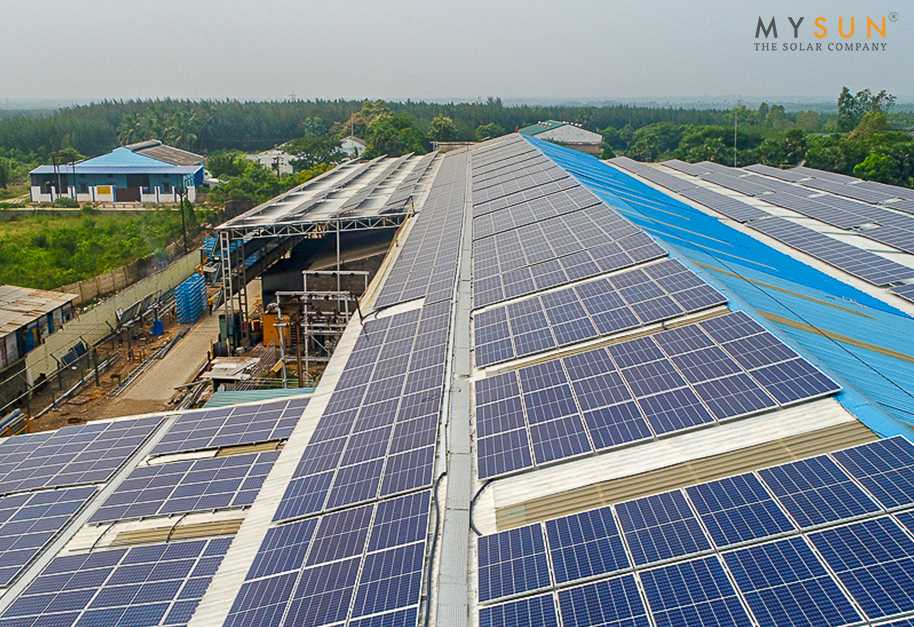Rooftop solar is the fastest growing renewable energy sub-sector in India but installations must rapidly accelerate if the nation is to meet its ambitious renewable energy target of 175 GW by 2022—according to a new briefing by the Institute for Energy Economics and Financial Analysis (IEEFA).
Notably, while India’s installed solar capacity has grown fourfold to 28 GW in less than three years, the country has achieved only 10% of its ‘40 GW by 2022’ rooftop solar target.
IEEFA estimates that, for the next three years, solar rooftop installs will grow at 50% annually, reaching a cumulative 13 GW of installed capacity by FY 2021-22—well short of the 40 GW target despite the impressive growth.
Regulatory uncertainty is slowing the pace of rooftop solar installations, even as “there has been significant investment in preparing the regulatory framework, upskilling the workforce for small scale deployments, and in educating the market.”
Setting up the pace
The IEEFA briefing note, titled Vast Potential of Rooftop Solar In India, highlights further steps that the government can take to increase installations.
“Policy certainty and more financial subsidies would incentive the market, as would support for domestic manufacturing and simplifying the net metering application process,” according to Tim Buckley, co-author of the briefing note and IEEFA’s director of energy finance studies.
Especially for marginalised households, shifting subsidies away from imported fossil fuels and reallocating to assist the capital cost of rooftop solar deployments is one way to fund the energy transition.
At the moment, residential consumers and state governments are lagging behind, with “around 70% of the market growth in the solar rooftop market being driven by commercial and industrial consumers enjoying high tariffs.”
However, Vibhuti Garg, IEEFA analyst and co-author of the report, believes that “the government’s recent 20-40% financial subsidy for new residential rooftop solar installations should accelerate the pace at the local level.”
For commercial and industrial consumers, solar is now cheaper than commercial and industrial grid tariffs in all major states in India, with average tariffs between Rs 6-11/kWh.
“The payback period is down to 3-4 years for commercial and industrial customers and will reduce further as equipment costs fall, coupled with the rise in retail tariffs. This means these consumers can, over time, enjoy a financial gain when they shift to rooftop solar plus battery storage,” Garg says.
The accelerated depreciation benefit allowing investors to claim 40% asset depreciation (reduced from 80% till 2016) in the first year of installation is an additional factor driving the commercial and industrial market.
“The states must continue to provide concessional exemptions including wheeling charges, the cross-subsidy surcharge and additional surcharges to ensure acceleration of installation across the country,” Garg says.
This content is protected by copyright and may not be reused. If you want to cooperate with us and would like to reuse some of our content, please contact: editors@pv-magazine.com.









Roof top solar is not picking due to several reasons